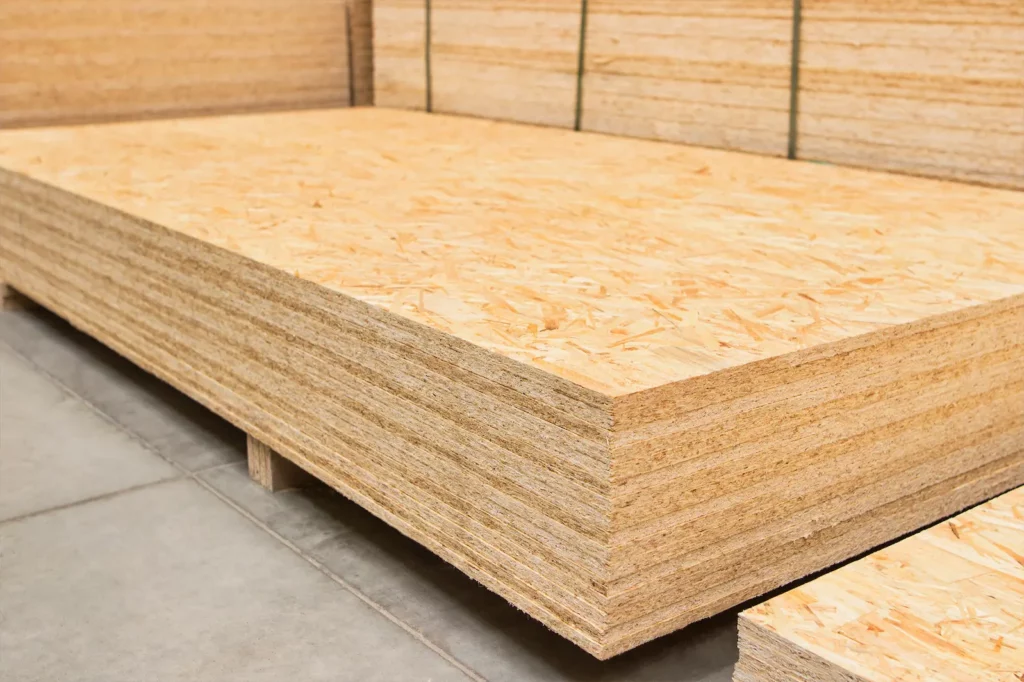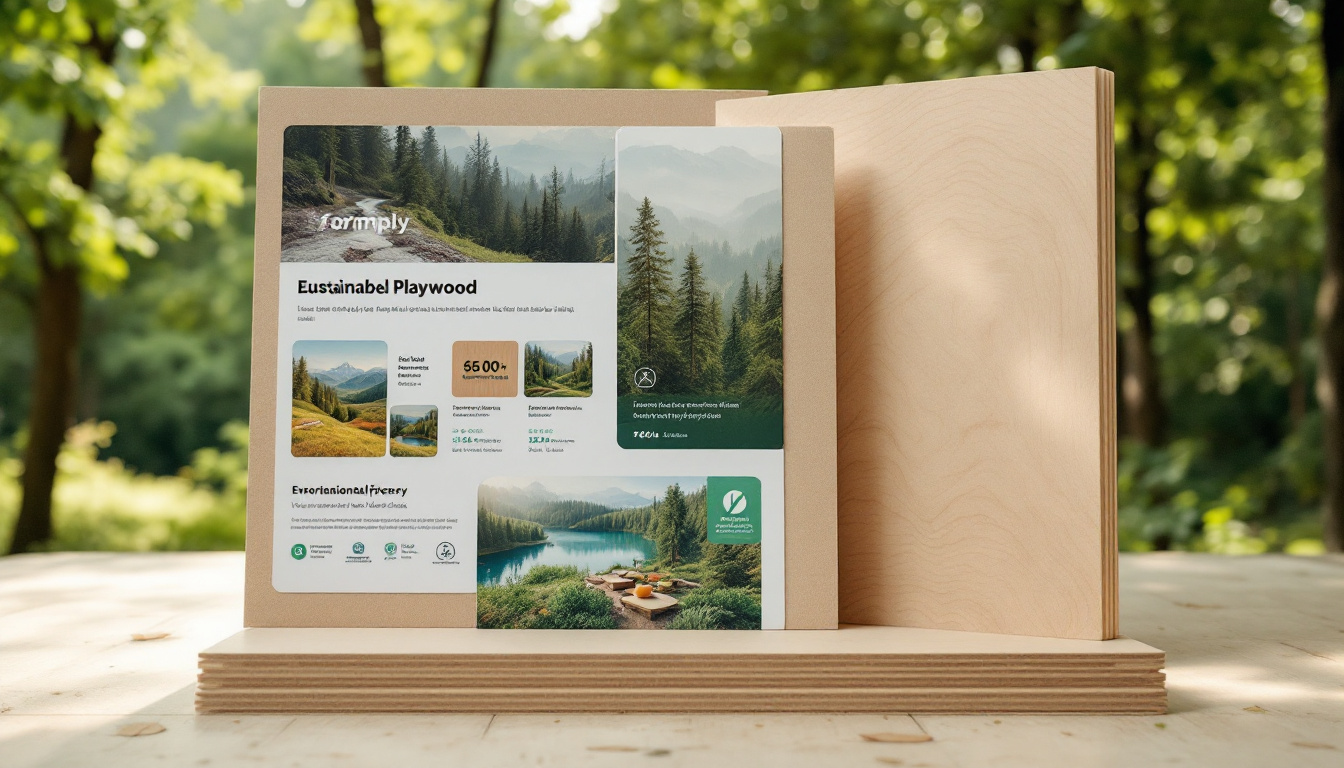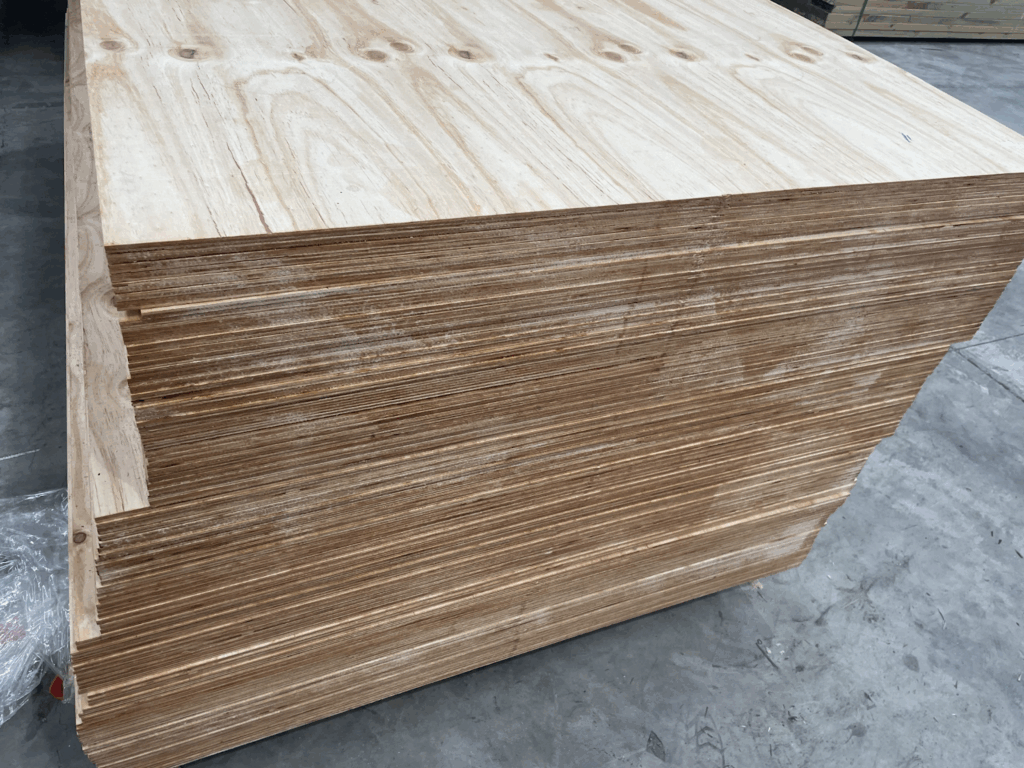When embarking on a construction or DIY project, selecting the right materials is crucial. Among the many options available, plywood stands out as a versatile choice. However, not all plywood is created equal. This article delves into the differences between Formply and standard plywood, helping you determine which is best suited for your specific needs.
Understanding Plywood Types
Plywood formly is made from thin layers of wood veneer glued together, providing strength and stability. The two primary types discussed here are Formply and standard plywood, each with unique characteristics and applications.
What is Formply?
Formply, short for formwork plywood, is specifically designed for use in concrete formwork applications. It is manufactured using high-quality veneers and bonded with a durable adhesive, making it resistant to moisture and wear. This type of plywood is often coated with a phenolic film, enhancing its durability and making it easier to clean. The phenolic coating not only protects the surface from the harsh chemicals often present in concrete but also reduces the likelihood of surface damage during the stripping process, ensuring that the formwork can be reused multiple times without significant wear. This makes Formply an economical choice for construction projects where formwork is needed repeatedly.
What is Standard Plywood?
Standard plywood, on the other hand, is a more general-purpose material. It is available in various grades, thicknesses, and finishes, making it suitable for a wide range of applications, from furniture making to structural uses. Unlike Formply, standard plywood may not have the same level of moisture resistance or durability, depending on its grade and type. The grading system for plywood typically ranges from A to D, with ‘A’ being the highest quality, featuring a smooth surface free of knots, while ‘D’ may have more imperfections. This variability allows builders and craftsmen to select the appropriate grade based on their specific needs, whether they are constructing cabinetry, flooring, or even temporary structures. Additionally, standard plywood can be easily painted or veneered, offering versatility in design and aesthetics, making it a popular choice in both residential and commercial projects.
Key Differences Between Formply and Standard Plywood
While both Formply and standard plywood share some similarities, their differences can significantly impact their performance in various projects. Understanding these distinctions is vital for making an informed choice.

Durability and Strength
Formply is designed to withstand heavy loads and harsh conditions, making it an ideal choice for construction projects. Its robust construction allows it to endure the stresses of concrete pouring and the rigours of repeated use. In contrast, standard plywood may not offer the same level of strength, particularly if it is not specifically rated for heavy-duty applications. The layers of Formply are bonded with high-quality adhesives that enhance its structural integrity, ensuring that it remains stable under pressure. This characteristic makes Formply particularly popular in the construction of formwork, where the material must support significant weight and maintain its shape over time.
Read more at: F14 Grade Plywood vs F17 Which Is Right for Your Site
Moisture Resistance
One of the standout features of Formply is its moisture resistance. The phenolic coating provides a barrier against water, preventing delamination and warping. This makes Formply an excellent choice for outdoor applications or areas prone to moisture exposure. Standard plywood, while available in moisture-resistant varieties, generally does not offer the same level of protection, making it less suitable for wet environments. Additionally, the surface of Formply is designed to be smooth and easy to clean, which can be particularly beneficial in environments where hygiene is paramount, such as in food processing or medical facilities. The ability to withstand moisture not only extends the lifespan of Formply but also reduces maintenance costs over time, making it a practical investment for long-term projects. Read more about moisture at https://www.ncbi.nlm.nih.gov/books/NBK215639/
Cost Considerations
Cost is always a significant factor in any project. Formply tends to be more expensive than standard plywood due to its specialised manufacturing process and enhanced properties. However, the initial investment may be justified by its longevity and reduced need for replacement. Standard plywood, being more affordable, may be the better option for budget-conscious projects or temporary installations. It is important to consider the total cost of ownership, which includes not just the purchase price but also the potential costs associated with repairs or replacements in the future. In some cases, opting for the more durable Formply can lead to significant savings in the long run, especially in demanding applications where material failure could result in costly delays or safety hazards. Thus, while the upfront cost may be higher, the overall value of Formply should not be underestimated when planning your project budget.
Applications of Formply
Given its unique properties, Formply is particularly suited for specific applications. Understanding where to use it can help maximise its benefits in your project.
Concrete Formwork
The primary application of Formply is in concrete formwork. Its strength and moisture resistance make it ideal for creating moulds that hold concrete in place during the curing process. This ensures a smooth finish and reduces the risk of defects in the final structure.
Flooring and Scaffolding
Formply is also used in flooring systems and scaffolding. Its durability allows it to support heavy loads, making it a reliable choice for construction sites. Additionally, its smooth surface can provide a safe working platform, reducing the risk of slips and falls.
Applications of Standard Plywood
Standard plywood is versatile and can be used in various projects. Its adaptability makes it a popular choice for many applications.
Furniture and Cabinetry
Standard plywood is often used in furniture making and cabinetry. Its availability in different grades allows for a range of finishes, from basic to high-end. This makes it suitable for everything from simple shelving units to intricate cabinetry designs.
Wall and Ceiling Panelling
Another common use for standard plywood is in wall and ceiling panelling. Its lightweight nature makes it easy to handle, and it can be painted or stained to match any interior decor. This versatility allows for creative design options in residential and commercial spaces.
Installation Considerations
When deciding between Formply and standard plywood, installation requirements should also be considered. Each type has its own set of guidelines that can impact the overall success of your project.
Handling and Cutting
Formply is heavier and may require additional handling precautions during installation. It is essential to use the right tools, such as a circular saw with a fine-tooth blade, to ensure clean cuts without damaging the surface. Standard plywood, being lighter, is generally easier to handle, making it more manageable for DIY enthusiasts.
Finishing Options
Finishing options for both types of plywood differ. Formply typically comes with a smooth, finished surface, which may require minimal additional treatment. In contrast, standard plywood often requires sanding and sealing to achieve a desired look, especially if it is to be stained or painted. Click here to find more about treatment.
Environmental Impact
As sustainability becomes an increasingly important consideration in construction, the environmental impact of materials should not be overlooked. Both Formply and standard plywood have their own environmental footprints.

Sourcing and Sustainability
Formply is often made from sustainably sourced timber, but it is essential to check for certifications such as PEFC or FSC to ensure responsible sourcing. Standard plywood can also be sourced sustainably, but the availability of certified products may vary depending on the supplier.
Recyclability
Both types of plywood are generally recyclable, but the presence of adhesives and coatings can affect their recyclability. Formply, with its phenolic resin, may be less recyclable than standard plywood, which often uses less harmful adhesives. It is advisable to consult local recycling facilities to understand the best disposal options for each type.
Conclusion: Making the Right Choice
Choosing between Formply and standard plywood ultimately depends on the specific requirements of your project. If durability, moisture resistance, and heavy-duty performance are paramount, Formply is the clear winner. However, for general-purpose applications where cost and versatility are more critical, standard plywood may be the better choice.
Before making a decision, consider the intended use, environmental factors, and budget constraints. By weighing these aspects carefully, you can select the plywood that best aligns with your project goals, ensuring a successful outcome.
In summary, both Formply and standard plywood have their merits and applications. Understanding their differences will empower you to make an informed decision, leading to a more efficient and effective project. Whether you’re a professional builder or a DIY enthusiast, the right choice of plywood can significantly impact the success of your undertaking.

